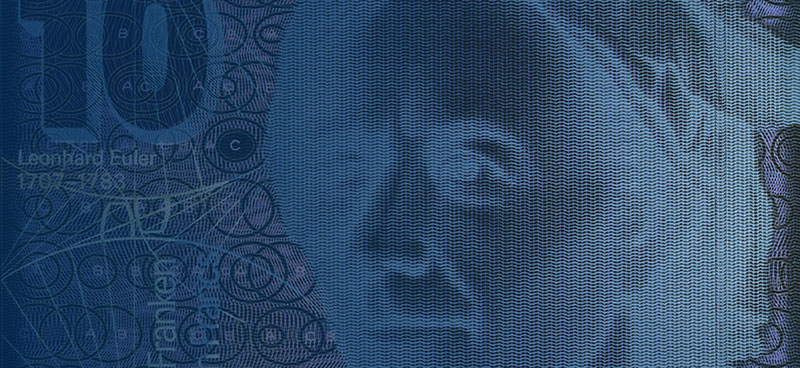
It was once widely believed that zero was the lowest interest rate possible. On face of it, it’s not obvious why anyone would pay to lend someone money. However, despite how counterintuitive they may be, negative interest rates are real.
Since 2014, the European Central Bank has elected to set the Deposit Facility Rate (DFR) lower than zero in—what some may say— is a desperate attempt to stimulate activity. Since then, the finance industry at large has grappled with finding viable ways of dealing with this counterintuitive concept. In many cases, firms have written code under the assumption that negative rates are not attainable. So, now they are finding that their systems are breaking down when hit with negative digits.
When it comes to handling swaptions specifically, buy and sell sides alike struggle with managing negative rates popping up in their trade environment. The shifted Stochastic Alpha Beta Rho (SABR) model has emerged as the market standard approach. Shifted SABR helps you model the volatility cube and capture the smile dynamics—giving you the ability to accurately price and hedge derivatives.
Applying a shift to an existing SABR implementation is a relatively straightforward undertaking, as firms need to implement only minor tweaks to adopt the model. Luckily for most, this task is quick, painless and does not place a large drain on technical resources.
Below, I’ll give five reasons why SABR is a firm’s best option when endeavoring to construct a strong swaption model.
1. Good Fit to Market Data: The SABR model enables you to fit the market sufficiently, capturing the skew/smile of implied volatility versus strike.
2. Speed: SABR helps you quickly perform calculations so you can capture market opportunities.
3. Volatility Smile Dynamics: SABR offers proper support for managing smile dynamics with the ability to control the backbone of the model.
4. Useful Model Parameters: Utilizing SABR, firms can construct orthogonal model parameters allowing them to readily control elements such as the overall level, skew and curvature of the smile. This can help you better manage smile risk.
5. Financially Motivated: It’s common knowledge that the best financial models are those based on relevant financial considerations. As a stochastic volatility model, SABR has been built around such considerations.
Alongside the many advantages of utilizing shifted SABR for swaptions, there are, of course, challenges. A predominate one is moving from a four to a five parameter model. Adding more parameters can potentially make it harder to calibrate, among other related complexities. Look for my upcoming blog post, where I will discuss this issue in greater detail.

